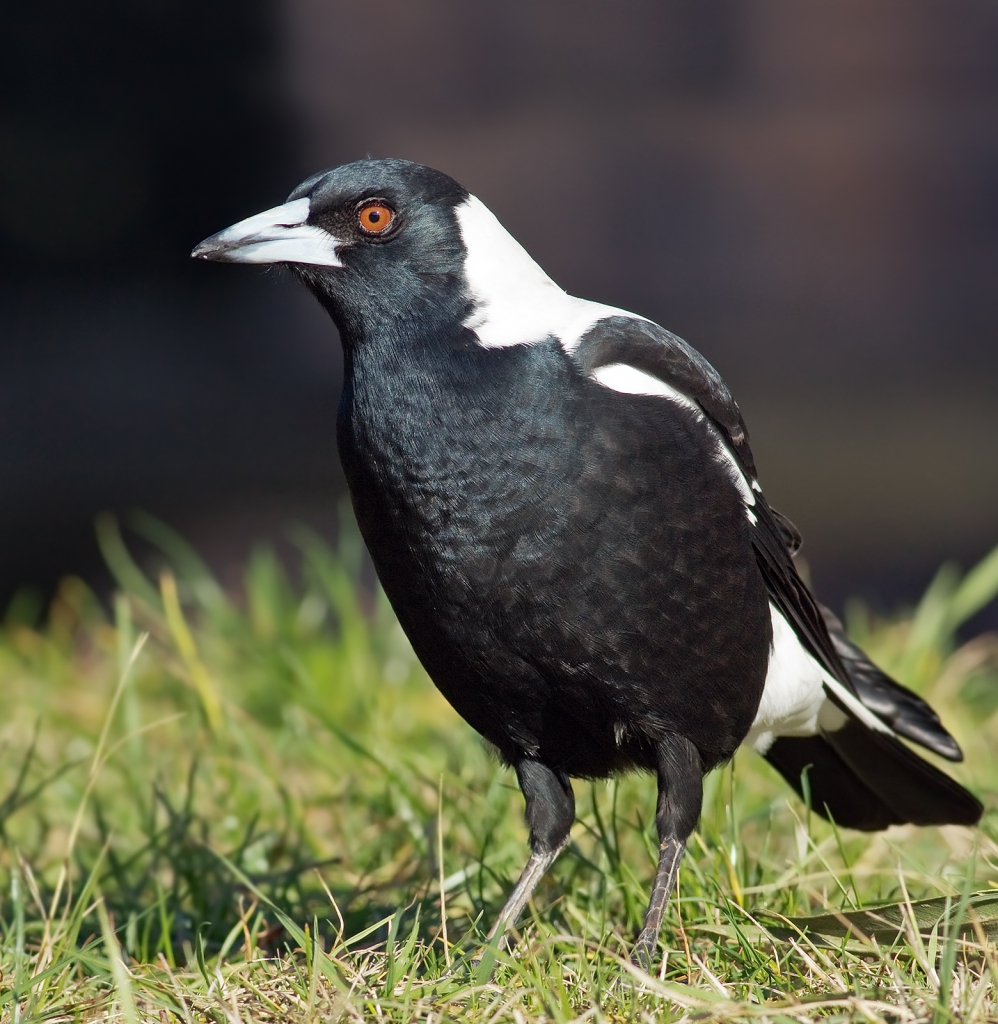Magpies are ubiquitous in urban areas all over Australia, and have become accustomed to people. A small percentage of birds become highly aggressive during breeding season from late August to early – mid October, and will swoop and sometimes attack passersby. Attacks begin as the eggs hatch, increase in frequency and severity as the chicks grow, and tail off as the chicks leave the nest.
The percentage has been difficult to estimate but is significantly less than 9%. Almost all attacking birds (around 99%) are male, and they are generally known to attack pedestrians at around 50 m (160 ft) from their nest, and cyclists at around 100 m (330 ft). There appears to be some specificity in choice of attack targets, with the majority of individuals specializing on either pedestrians or cyclists. Smaller – especially younger – people, lone people, and people travelling quickly (i.e., runners and cyclists) appear to be targeted most often by swooping magpies. Anecdotal evidence suggests that if a magpie sees a human trying to rescue a chick that has fallen from its nest, the bird will view this help as predation, and will become more aggressive to humans from then on.
Magpies may engage in an escalating series of behaviours to drive off intruders. Least threatening are alarm calls and distant swoops, where birds fly within several metres from behind and perch nearby. Next in intensity are close swoops, where a magpie will swoop in from behind or the side and audibly “snap” their beaks or even peck or bite at the face, neck, ears or eyes. More rarely, a bird may dive-bomb and strike the intruder’s (usually a cyclist’s) head with its chest. A magpie may rarely attack by landing on the ground in front of a person and lurching up and landing on the victim’s chest and pecking at the face and eyes.
